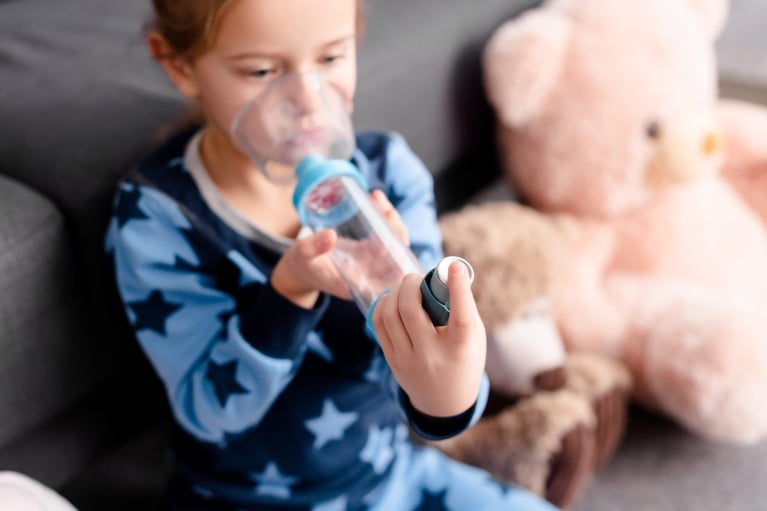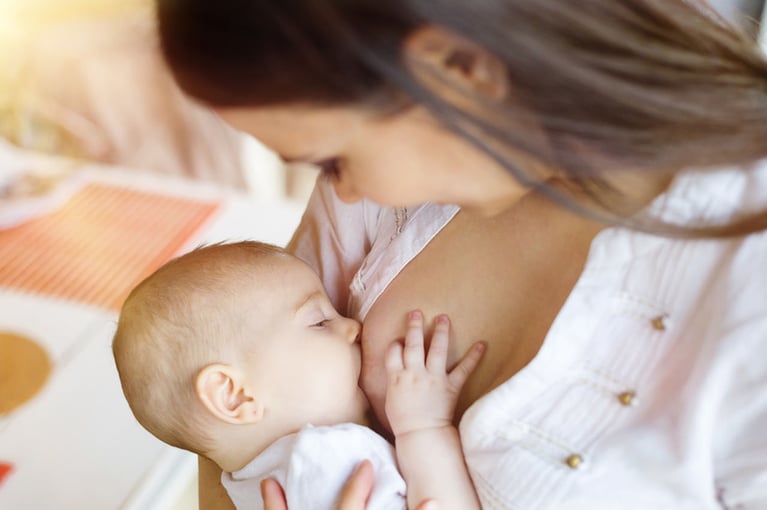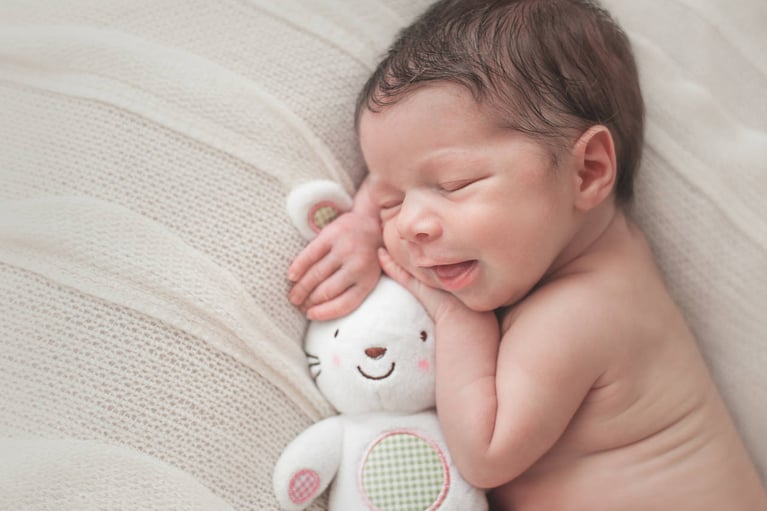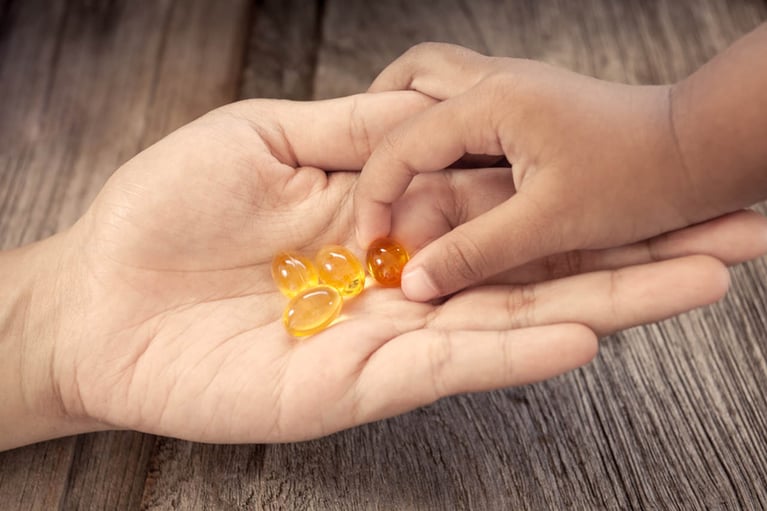Dear Moms and Future Moms! I’d like to dedicate today’s post to carrying children in a wrap. Since I am a huge fan of wrap-carrying, I’m obviously going to encourage you to try it as well.


Do you know that already in the 24th week of pregnancy your child starts hearing sound? Scientists demonstrated that already around the 16th week of pregnancy the foetus can receive sound stimuli through skin and amniotic fluid, despite not having a developed hearing apparatus and centre. What does a foetus hear? Mainly heartbeat, sounds coming from the digestive tract and those created by blood flowing through the vessels. They also hear the voice of their mom and some of the sounds coming from the outside. These sounds accompany them until their birth, when the first great revolution of his or her life takes place. Suddenly they move from a warm, dark watery environment into a cool world, often filled with very bright lights, new scents, lots of unknown sounds and new tactile stimuli. For the first time they feel their mom’s touch and her scent and it is next to her that they feel the safest. Oh, right, we were supposed to be talking about wraps…
Wraps and attachment parenting
One of the pillars of attachment parenting is “carrying the child close to you”. In this movement there also exists a notion referring mainly to care over an infant, that is, “kangarooing”, but first things first. The first three months of a child’s life are called by many paediatricians the “fourth trimester of pregnancy”. During that period the child is not capable of independent existence yet and is totally dependent on their mom – on her nourishment and closeness. Nothing is as soothing to them as lying on their mom’s breast and listening to the rhythm of her heart. You could say half-jokingly that it’s a sort of acoustic whim of the infants!
And the idea of kangarooing is all about that! It consists in holding the child on your chest – it is best for the baby to be without clothes so that a “skin to skin” contact can be maintained. In such situation the child hears the sounds that it knows from the foetal period (heartbeat, breath and mom’s voice) and it feels warmth and cosiness. Almost like inside their mom’s belly prior to birth. So, what can we do with that? Sure, it is pleasant to allow yourself to lie down, savour the contact with our little baby and meet all of their acoustic needs, but that’s not always possible. For example an older child may require our care as well. And here’s where the wrap comes to the rescue!

Wrap-slang
At first I would like to enumerate a couple of notions from the slang of the so-called “wrap-crazies”:
wrapping – means carrying a child in a wrap;
tangling – means tying the wrap with the child in place;
wrapsies – means the children carried in wraps;
traglings – a notion referring to mammals that carry their offspring, e.g. monkeys and other primates. According to some scientists, humans also belong to the group of traglings. Why is that important? Because from this point of view, carrying infants and toddlers is simply meeting their natural need and not spoiling them or accustoming them to staying on their parent’s arms.
How to start your adventure with wrapping?

First of all, you should go to the so-called wrap-carrying advisor and for a training in tangling. The ways of tying are many – the two ones that are usually used at the beginning are the kangaroo and the pouch. Then there is the simple backpack and the side ties. The advisor is going to teach you how to tie and suggest what kind of wrap you should get. You should take advantage of trainings of this kind already during pregnancy.
When it comes to buying a wrap, this is not absolutely necessary. There are rental points available where it is possible to simply rent a wrap for a certain time. However, if you become enchanted with wrapping and desire to buy your own wrap, it’s worth knowing a few basic pieces of information.
There are two types of wraps: ring slings and woven wraps. Ring slings are not as comfortable as woven wraps since only one arm bears load while carrying the child. In the long run they may turn out to be not functional enough, but everything depends on a user. For example, my husband like carrying our daughter in a ring sling very much.
The woven wraps can be divided into those with broken-twill weave (slightly less expensive) and jacquard weave. When it comes to fabric composition, there are cotton wraps (100% cotton) and wraps of mixed composition. The additives (the percentage content of which may vary) can include: bamboo viscose, hemp, wool, cashmere, linen, silk and possibly mixes, that is, cotton, linen and silk in various percentage compositions, etc.
Wrap sizes
Wraps come in various sizes. The standard and the most universal size is M or 6 – it has the length of 4.6 m. There are also shorter varieties with the length of 3.2 m, 3.6 m and 4.2 m and longer varieties with the length of 5.2 m. Everything depends on the type of tie, our size and the child’s size.
Choosing the right one
Wraps with additives such as hemp, wool or linen are better at load-bearing thanks to being a bit stiffer. After they are tightened, they do not extend as much as, for example, wraps consisting only of cotton and therefore they are better suited for carrying bigger and heavier children. On the other hand, adding bamboo viscose to the mix makes the wrap softer and more delicate, thanks to which it is better in case of a new-born, but it is also more elastic and after tying it might feel a bit loose after a while.
The choice of wrap depends first and foremost on the preferences of the carrying parent. There are many patterns and colour available. My beloved wrap is the Indio Flamenco Hemp of the German Didymos company, and right now I dream of getting their Indio Aurora wrap. Moms who wrap often tend to collect wraps.

My experience

As for the children’s reaction to wrapping I can share my experience with you. I’ve been using wraps since my daughter was two weeks old. We started from tying a kangaroo using a wrap with bamboo viscose. Later we went on to another tie: a pouch, using a 100% cotton wrap and, finally, the Indio Flamenco wrap. Now my daughter is 6.5 months old and I carry her in various ways, but she prefers mainly the pouch. There was a period when she was about 4 months old when carrying her in a wrap was a perfect method for making her fall asleep! At first she didn’t like the moment of tying itself, but after it was done she always calmed down. That how most children react to the wrap in the early period of using it.
The wrap is excellent when going out. Whenever it’s time for a nap, we just tie the wrap no matter where we are and my little girl falls asleep almost immediately. We also use the wrap during walks. I got us a special jumper and jacket and now we’re not afraid of wind or cold! My daughter is directly by my body so it’s easy for me to tell whether she is warm and, additionally, we warm each other up too, which was a terrific advantage during the winter!
Even today my daughter still loves falling asleep with her ear touching my chest and listening to my heartbeat. Meanwhile, thanks to having both my hands free, I can catch up with cleaning, reading or writing my blog.















